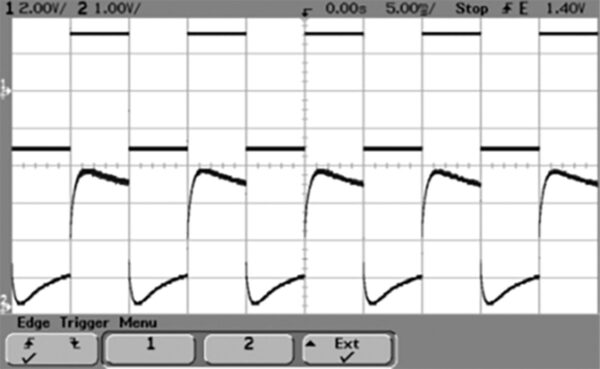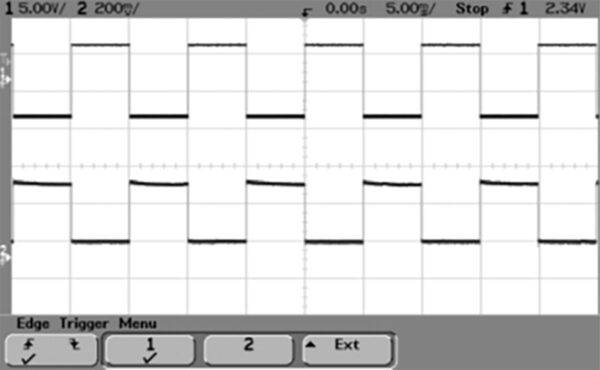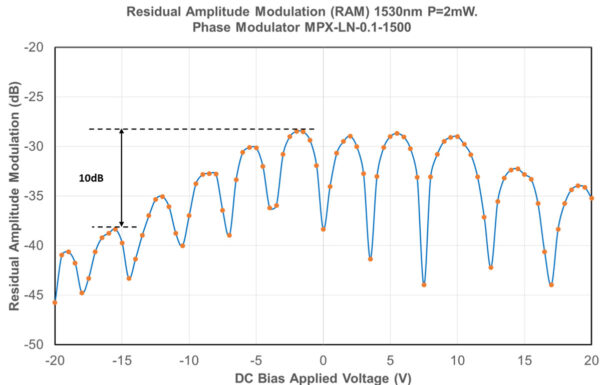The Pound-Drever-Hall (PDH) technique for stabilizing lasers





Dedicated products
| Product | Specification | Datasheet | |
|---|---|---|---|
| NIR 800 nm Band | |||
| NIR-MPX800-LN-0.1-00-P-P-FA-FA | 800 nm band, DC coupled to 300 MHz Phase Modulator | More info | |
| NIR 950 nm Band | |||
| NIR-MPX950-LN-0.1-00-P-P-FA-FA | 950 nm band, DC coupled to 300 MHz Phase Modulator | More info | |
| O-Band | |||
| MPX1300-LN-0.1-00-P-P-FA-FA | 1300 nm band, DC coupled to 150 MHz Phase Modulator | More info | |
| 2000 nm Band | |||
| MPX2000-LN-0.1-00-P-P-FA-FA | 2 μm band, DC coupled to 150 MHz Phase Modulator | More info |
Publications
-
A legacy for lasers
Editorial – Nature Photonics Vol. 11 – 2017
Ronald Drever may be most famous for co-founding the LIGO project and his gravitational-wave research, but his contributions to laser stabilization have had broad impact on the photonics community.
Download -
Systematic and quantitative analysis of residual amplitude modulation in pound drever hall frequency stabilization
Physical Review A92, 063809 – 2015
We theoretically analyze the effects of two primary mechanisms of residual amplitude modulation, estimate the resulting frequency instabilities, and discuss relevant experimentalcountermeasures, providing useful information that are beneficial for the development of ultrastable optical oscillators as well as many precision experiments relying on stable lasers.
Download -
An introduction to pound-drever-hall laser frequency stabilization
Am. J. Phys 69, 79 – 2001
This paper is an introduction to an elegant and powerful technique in modern optics: Pound–Drever–Hall laser frequency stabilization. This introduction is primarily meant to be conceptual, but it includes enough quantitative detail to allow the reader to immediately design a real setup, suitable for research or industrial application.
More info